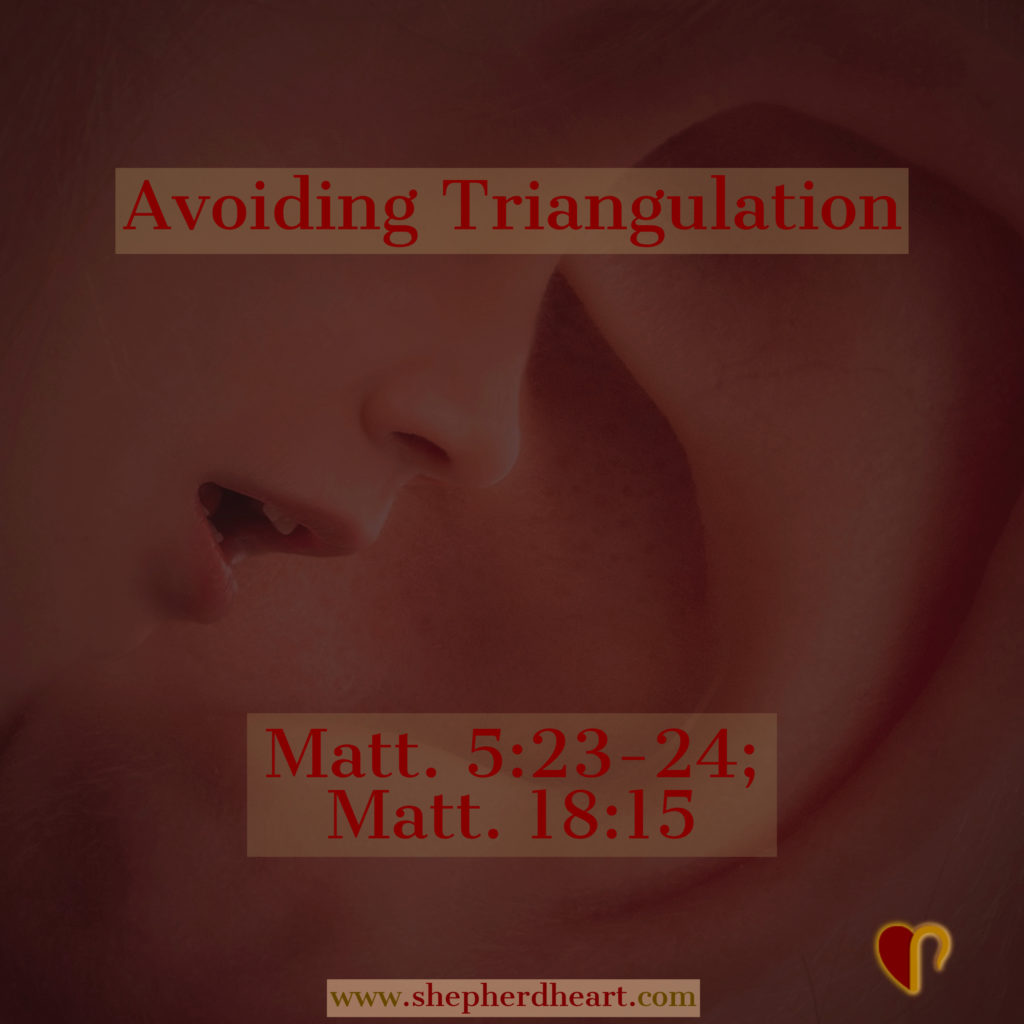
By Paul N. Anderson
In ancient Greek dramas, the point of discovery, or the dawning of insight in the understanding of the protagonist, is known as anagnorisis in Greek; recognition in English. Within the story, the audience is made aware of information that the hero does not know, raising tension and suspense within the narrative. Then, in a pivotal encounter with some aspect of truth, insight is given, and recognition holds the key to resolving issues of crisis or opportunity as the story develops.
We see this feature also displayed pivotally in the Gospel of John, as figures in the story come into contact with Jesus. In feeling known by Jesus, or in some disclosure of truth about themselves, recognition is given; and, as is ever the case, truth is always liberating (John 8:32). Further, as Jesus also is seen as the way, the truth, and the life, providing the gift of transformative access to the Father, this is usually a function of truth’s revelation about the ways of God and also the human situation (John 14:6-7). It is precisely because no one has seen God that the Revealer is needed – to avail the world of liberating truth – not only about who God is, but also of our condition as humans. We all need light to be shed on our darkness, heightening awareness of our insufficiency, illumined by God’s amazing gifts of grace and truth (John 1:9-18; John 6:43-65). Note, thus, how truth is unveiled in a number of ways within the narrative.
At the opening of John’s story of Jesus, discovery of the truth about him is narrated, as John the Baptist discerns Jesus really to be the Messiah/Christ – the Son of God – declaring him to be the Lamb of God who takes away the sins of the world. John even admits that he did not recognize who Jesus was until he saw the Spirit descending like a dove as he came up out of the water, hearing also a divine word that Jesus would be the one baptizing with the Holy Spirit. After John points out Jesus to his own followers, Jesus invites them: “Come and see.” Andrew believes and brings his brother to Jesus, inviting him also to discover the truth about Jesus. This leads, then, to Peter’s becoming one of his disciples (John 1:29-42).
The next day, Jesus invites Andrew’s friend Philip to follow him, and Philip then extends the invitational words of Jesus to Nathanael, inviting him also: “Come and see.” As Jesus sees Nathanael coming toward him, he declares, “Here is truly an Israelite in whom there is no deceit!” Now we see a transition among knowing events. It is not only emerging followers of Jesus who recognize the truth about him that proves significant; it is the sense that Jesus knows the truth about them, which leads to their spiritual recognition and personal transformation. Thus, Nathanael asks how Jesus had known him, even from afar, to which Jesus responds that he had seen him under a fig tree (John 1:43-51). Whatever is meant here, Jesus discerns Nathanael’s authenticity, seeing him as a spiritually attuned Israelite; that was enough. Upon that recognition, Nathanael of Cana becomes his follower, and he is even present at the end of the story (John 21:2).
Another recognition scene follows in John 4:1-42, where Jesus encounters a Samaritan woman at Jacob’s well. Following a bit of banter, where Jesus both requests water (an uncommon thing, as Jews and Samaritans did not share the same space or vessels) and suggests that he is the source of living (running water, and thus pure) water, Jesus expresses his knowing of the woman’s situation. She has had five husbands, and she is not married to the man with whom she is currently living. At this, the woman declares him to be the Messiah/Christ to her townspeople, claiming in slightly overstated terms: “He told me everything I have ever done.” At this, the Samaritans come also to believe in Jesus, and he receives their hospitality for two days. Ironically, even though Nicodemus – a Judean religious leader – did not understand what Jesus was saying about the ways of the Spirit in the previous chapter (nor did the disciples understand why Jesus was conversing with the woman at the well), she understood, and she became effectively the Apostle to the Samaritans. Even in being opened to the hidden truth about oneself and one’s situation, truth is personally liberating, and the moment of recognition leads to spiritual transformation.
A final recognition event is narrated after the crucifixion, when Mary Magdalene arrives at the tomb, only to discover the stone had been removed, and that the body of Jesus was missing. She immediately finds Peter and the Beloved Disciple, whereupon they too discover the empty tomb for themselves. Distraught, she visits the tomb again, complaining to one she first thought was a gardener that someone had taken away her Lord. Not knowing it was actually Jesus to whom she was speaking, the mere mention of her name – “Mary!” – was enough to instill her transformative moment of recognition. Her response (in Aramaic) is “Rabounni!” (translated, “Teacher”), and she then goes and tells the disciples that she has seen the Lord. Thus, upon her transformative encounter with the Resurrected Lord, Mary becomes the Apostle to the Apostles, to whom Jesus presents himself in the next scenes (John 20:1-29).
So, how do transformative moments of recognition happen for you and me? In the light of these scenarios of personal transformation, we see that recognition happens as one is opened to the truth about oneself. Indeed, the truth is always liberating. Whether being opened to the truth is a factor of having the good about us affirmed (as in the case of Nathanael), or in unveiling what we’d hoped was hidden (as in the case of the woman at the well), truth transforms. Thus, greater congruity between our perceived and experienced selves (to use the language of Carl Rogers) is availed – reducing anxiety and allowing us to be more fully present and authentic as healthy, whole persons. After all, this is also the work of the Holy Spirit, who convicts the world of both sin and of righteousness, leading us into wholeness, authenticity, and buoyancy (John 16:8-11). Or, simply in the hearing of our name – or in receiving a divine address emerging out of silence – is recognition given as a transformative gift. After all, Jesus knows his sheep by name, and they too recognize his voice as they seek to abide in the truth receptively and responsively (John 10:1-30).
In the Gospel of John, as in the narratives of Greek drama, moments of recognition prove transformative, and encounters with the truth lead us from darkness into light. Humble self-appraisal follows, as we see our authentic need of grace; and healthy self-esteem results, as we embrace God’s gift of undeserved love. Indeed, while the Light shines in the darkness, the darkness is extinguished by its very radiance. The Light of Christ is availed to all, if we will but open ourselves to the truth and its liberating work (John 1:1-9). After all, the one who declared that “you shall know the truth, and the truth will make you free” also offers immersion in the Spirit of Truth, who convinces the world of sin and of righteousness, calling us each by name. Just as truth and recognition mark pivotal turning points in ancient narratives, so they also do the same in the stories of our lives. Such is the essence of personal transformation and the liberating power of truth.

Paul Anderson serves as Professor of Biblical and Quaker Studies at George Fox University (Oregon) and as Extraordinary Professor of Religion at the North-West University of Potchefstroom (South Africa). Author or editor of 15 books and over 250 essays, his book on John’s Christology was the first to explore cognitive-critical origins of the Gospels of Mark and John as a means of accounting for their distinctive (bi-optic) presentations of Jesus from day one.

SCHEDULING NOW for the next two months!
Schedule a training for your ministry team or leadership team.












